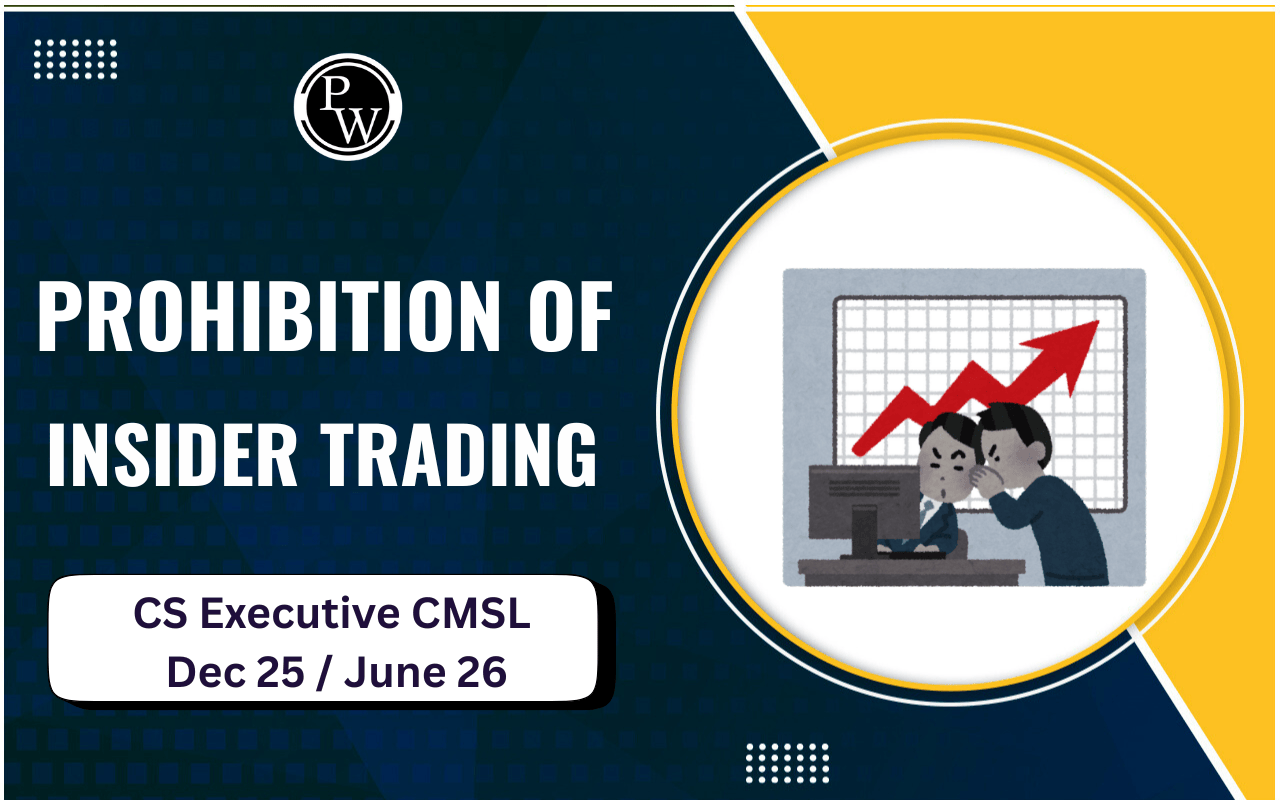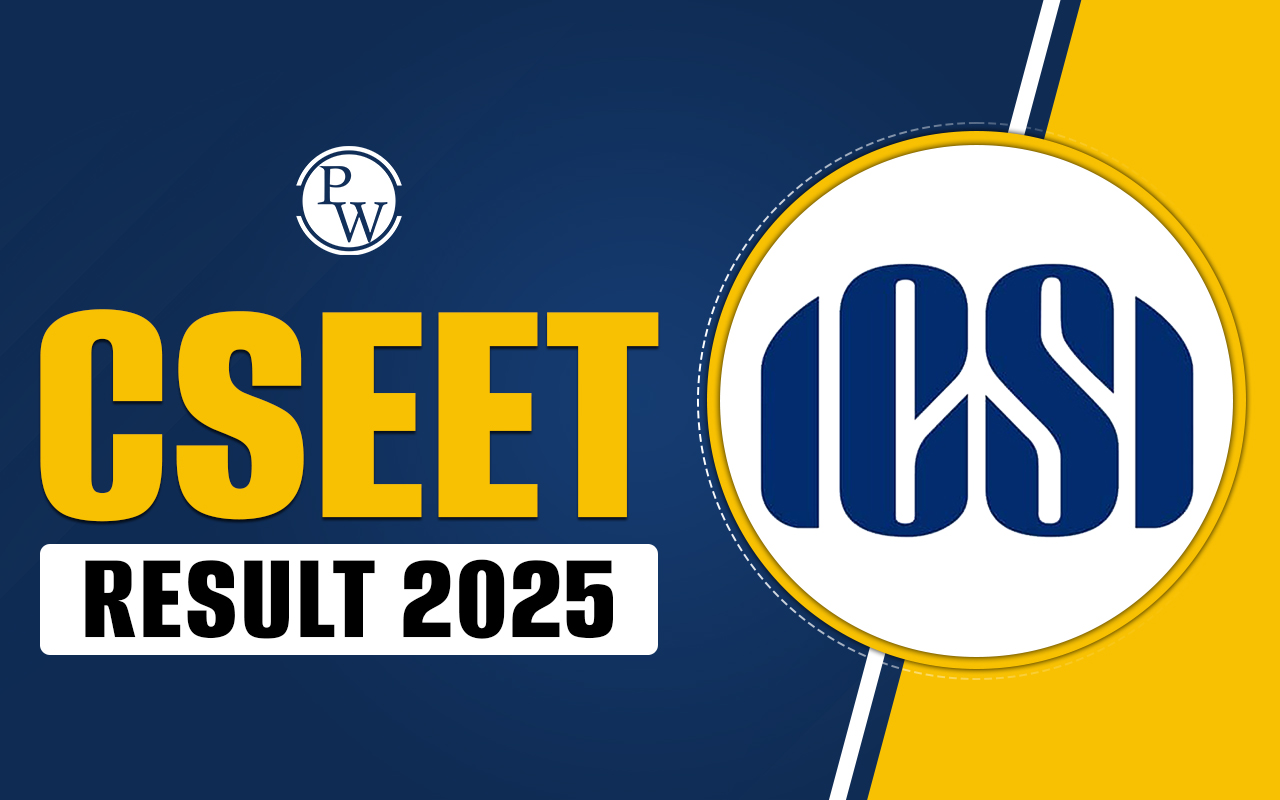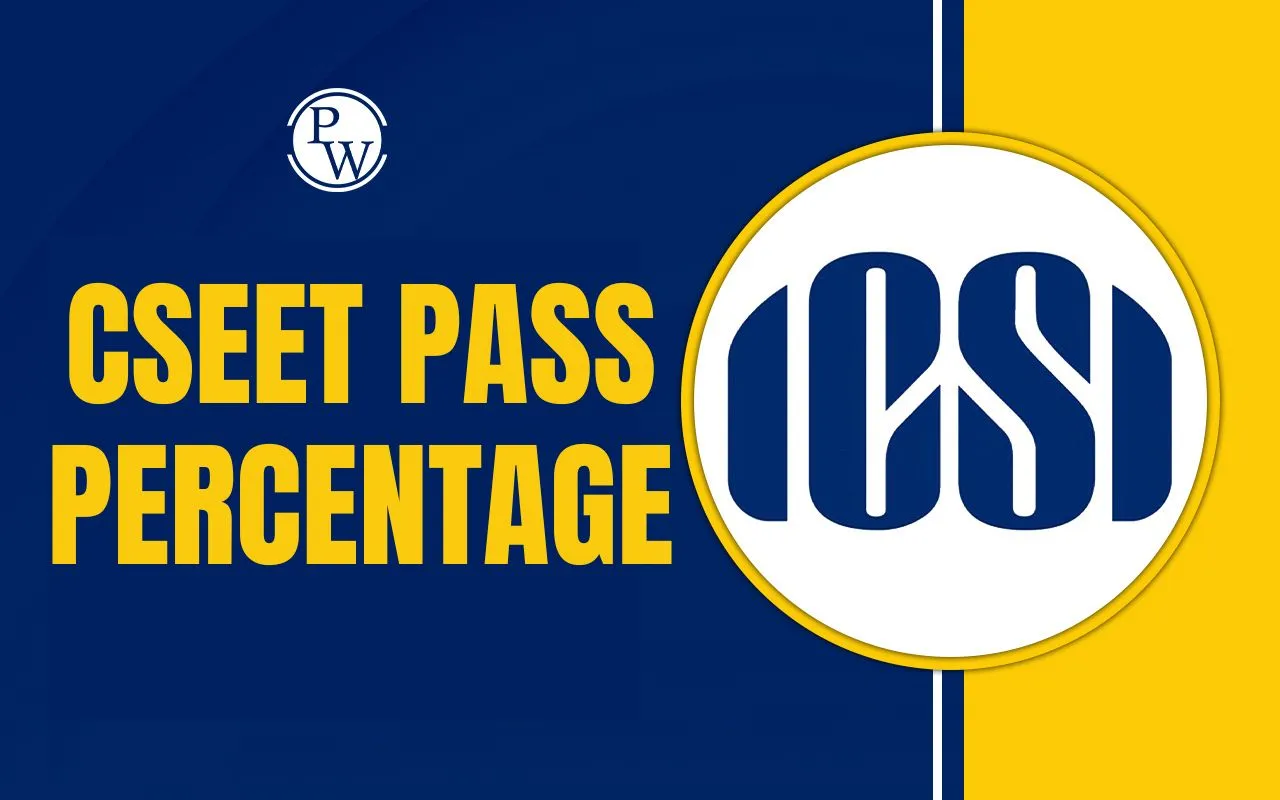
Effective working capital management is one of the most crucial practices that ensures a business remains financially strong and operationally sound. Whether it's paying salaries on time, restocking inventory, or preparing for growth opportunities, maintaining optimal working capital is key to running a successful business.
This article offers an in-depth look at what working capital management is, why it matters, its core components, important financial ratios, and actionable tips to manage it efficiently. A strong working capital strategy enables businesses to navigate financial ups and downs with ease and fosters long-term sustainability.
What Is Working Capital?
Working capital refers to the difference between a company’s current assets and current liabilities. It reflects the short-term financial health of an organization and its ability to meet immediate obligations.
Components of Working Capital:
- Current Assets: Cash, inventory, accounts receivable, etc.
- Current Liabilities: Accounts payable, short-term loans, accrued expenses, etc.
Working Capital Formula: Working Capital = Current Assets – Current Liabilities
A positive working capital indicates that a company can meet its short-term obligations with its existing resources, while a negative working capital signals potential liquidity concerns that need to be addressed.
What is Working Capital Management?
Working capital management is the process of planning, monitoring, and controlling a company’s current assets and liabilities. The goal is to ensure that a business has sufficient liquidity to meet its daily operational needs without facing cash shortages or excessive idle funds.
By managing components like cash flow, inventory, accounts receivable, and accounts payable, businesses can enhance efficiency, support day-to-day operations, and maintain financial stability.
Why Is Working Capital Management Important?
Working Capital M anagement helps a business run smoothly and meet its short-term financial needs. It gives a company enough money to pay bills, such as wages and supplier invoices, avoiding financial stress. Good working capital management can increase profits by reducing extra costs, speeding up cash flow, and allowing the business to invest in growth without taking on debt. It also supports liquidity, making it easier for the company to turn assets into cash to handle expenses. Lenders and partners see businesses with strong working capital management as stable, making it easier to get loans and build strong relationships. It also helps a business stay ahead of competitors, respond quickly to changes, and keep daily operations on track. Finance teams work to clearly understand how much cash is available at any given time and to keep enough working capital to cover debts. They also aim to maintain an extra cushion for growth and unexpected expenses, which helps the business remain stable and ready to handle challenges.Here are some key benefits of managing working capital effectively:
- Ensures Smooth Daily Operations: Keeps the business running without disruptions caused by financial shortages.
- Improves Liquidity: Helps convert assets into cash swiftly to meet short-term obligations.
- Boosts Financial Stability: Builds resilience against unforeseen challenges or seasonal fluctuations.
- Enhances Business Relationships: Strengthens trust with suppliers and employees through timely payments.
- Supports Strategic Planning: Provides the financial bandwidth to explore new ventures or scale operations.
Main Components of Working Capital Management
Managing working capital involves handling different financial areas to keep a business running smoothly. Here are the key parts of working capital management and how they help:Cash Management
Cash management is the foundation of working capital. It ensures enough money is available to meet daily expenses like paying bills and wages. To manage cash well, businesses need to track cash coming in and going out, plan for future cash needs, and keep an optimal cash reserve. This helps prevent money shortages and keeps operations steady.Accounts Receivable (AR)
Accounts receivable is the money customers owe to the business. Collecting these payments quickly keeps cash flow steady and avoids money shortages. To manage AR effectively, businesses should have clear credit policies, monitor customer payment patterns, and improve how they collect payments. This helps ensure that cash comes in on time and supports the business's financial health.Inventory Management
Managing inventory is key because it ties up money that could be used elsewhere. Keeping the right amount of inventory helps avoid having too much stock which wastes money, or too little, which can lead to missed sales. Businesses should use inventory tracking systems to set the right reorder levels and check stock levels regularly to find a good balance.Accounts Payable (AP)
Accounts payable refers to what the business owes to suppliers and other short-term debts. Managing AP helps the business hold onto cash longer and improve overall cash flow. This means negotiating better payment terms with suppliers and ensuring payments are made on time to avoid late fees. Good AP management helps maintain strong supplier relationships while keeping enough cash for daily operations.Key Ratios for Working Capital Management
Understanding key financial ratios helps businesses track and manage their working capital effectively. These ratios provide insight into a company’s ability to handle short-term obligations and maintain smooth operations. Here are the main ratios to considerCurrent Ratio
The current ratio is calculated by dividing a company’s assets by its liabilities. This ratio helps measure a company's ability to pay off its short-term obligations with its short-term assets. A ratio between 1.2 and 2.0 is generally considered healthy, as it suggests the company has enough resources to meet its immediate financial needs without overextending itself. A ratio below 1.0 may indicate that the company could struggle to cover its short-term debts, while an excessively high ratio could mean that resources are not being used efficiently to grow the business.Formula: Current Ratio = Current Assets / Current Liabilities
Collection Ratio (Days Sales Outstanding, DSO)
The collection ratio, or Days Sales Outstanding (DSO), shows the average number of days a company takes to collect payment after making a sale. It reflects how effectively the company is managing its accounts receivable. A lower DSO indicates faster collection of receivables, which improves cash flow and provides more liquidity for the business to use in operations. A high DSO could suggest delays in payment collection, potentially leading to cash flow issues and impacting the company’s ability to meet its obligations.Formula: DSO = (Accounts Receivable / Total Credit Sales) × Number of Days
Inventory Turnover Ratio
The inventory turnover ratio is calculated by dividing the cost of goods sold (COGS) by the average inventory balance during a certain period. This ratio shows how efficiently a company manages its inventory. A low inventory turnover ratio indicates the company has excess stock, which ties up cash and storage costs. On the other hand, a high inventory turnover ratio means that inventory is sold and replaced quickly, which is generally positive. However, if the ratio is too high, it may suggest that the company doesn’t have enough stock on hand to meet customer demand, potentially leading to lost sales.Formula: Inventory Turnover = Cost of Goods Sold / Average Inventory
Practical Tips for Effective Working Capital Management
Managing working capital effectively helps businesses stay financially stable and ready to handle daily operations and growth. Here are key tips to improve working capital management:Keep Track of Receivables
Regularly reviewing your accounts receivable and promptly following up on overdue payments is essential to reduce the risk of bad debts. This practice helps ensure a steady cash flow and avoids potential cash shortages.Negotiate Better Payment Terms
Work with suppliers to get favorable payment terms, such as extended credit periods or discounts for early payments. This approach lets your business keep cash on hand longer and better manage outgoing expenses.Optimize Inventory Management
Streamline your inventory process to minimize holding costs and avoid both overstocking and stock-outs. Using inventory control systems and regularly assessing stock levels can help balance costs and meet customer demand efficiently.Use Short-Term Financing
Consider short-term financing options like lines of credit or working capital loans to cover temporary cash shortfalls. These solutions provide quick access to cash without long-term commitments, helping maintain operational stability.Leverage Technology
Adopt financial management software to automate tracking and managing your working capital. This makes monitoring key metrics and responding quickly to changes easier, leading to better decision-making and more accurate financial forecasts.Manage Accounts Payable Wisely
Prioritize paying bills strategically by timing payments to retain cash as long as possible without incurring late fees. Maintaining good relationships with suppliers while maximizing cash flow is key. Forecast Cash Flow Regularly forecasting cash flow helps you anticipate future cash needs and potential gaps. This proactive approach lets you prepare for periods of low cash and adjust plans accordingly.Reduce Unnecessary Expenses
Review your business expenses regularly and cut down on costs that do not contribute to growth or essential operations. This can free up cash for more important needs, helping maintain strong working capital.
Working capital management is more than just balancing numbers—it's a strategic process that supports business continuity and financial health. By focusing on the key components like cash, receivables, payables, and inventory, businesses can build a resilient financial structure.
For those pursuing a career in financial management or business administration, understanding working capital concepts is essential. It forms the backbone of effective financial decision-making and operational strategy.
Join PW CS Online Courses and build a strong foundation in corporate laws and governance with structured learning and dedicated support.
| Related Links | |
| CS Exam Pattern | CS Syllabus |
| CS Eligibility Criteria | CS Registration |
| CS Exam Date | CS Result |
| CS Pass Percentage | CS Toppers |
Working Capital Management FAQs
How does the working capital cycle affect a business?
What are some common challenges in managing working capital?
Why do lenders and investors care about working capital management?
What role does technology play in working capital management?










